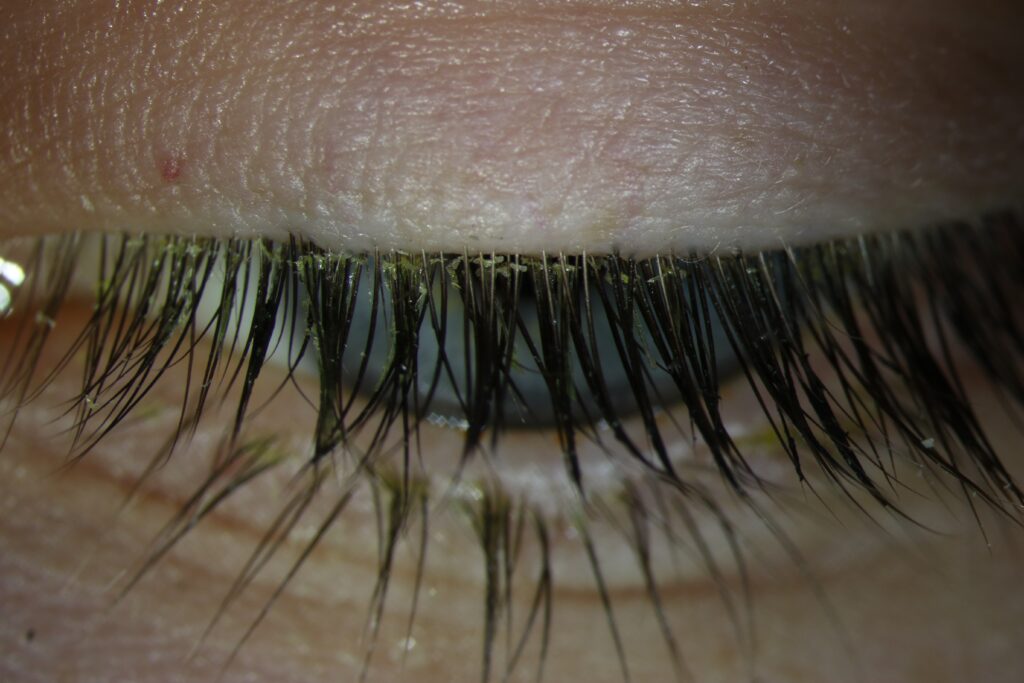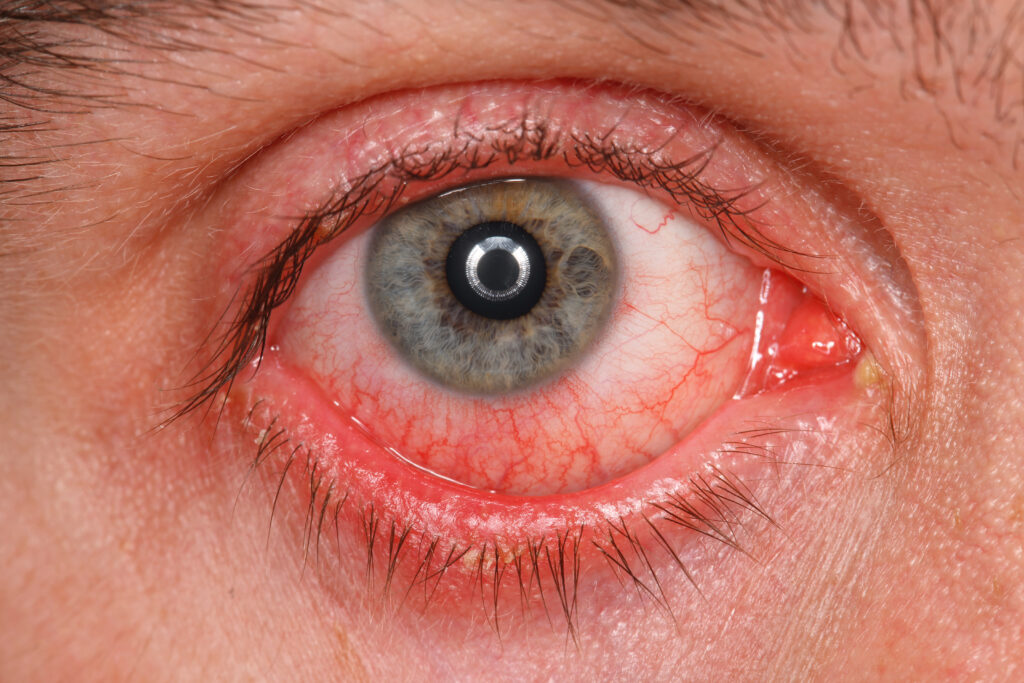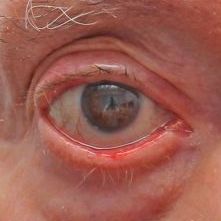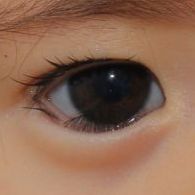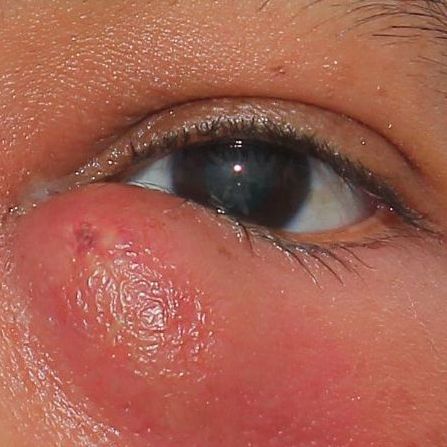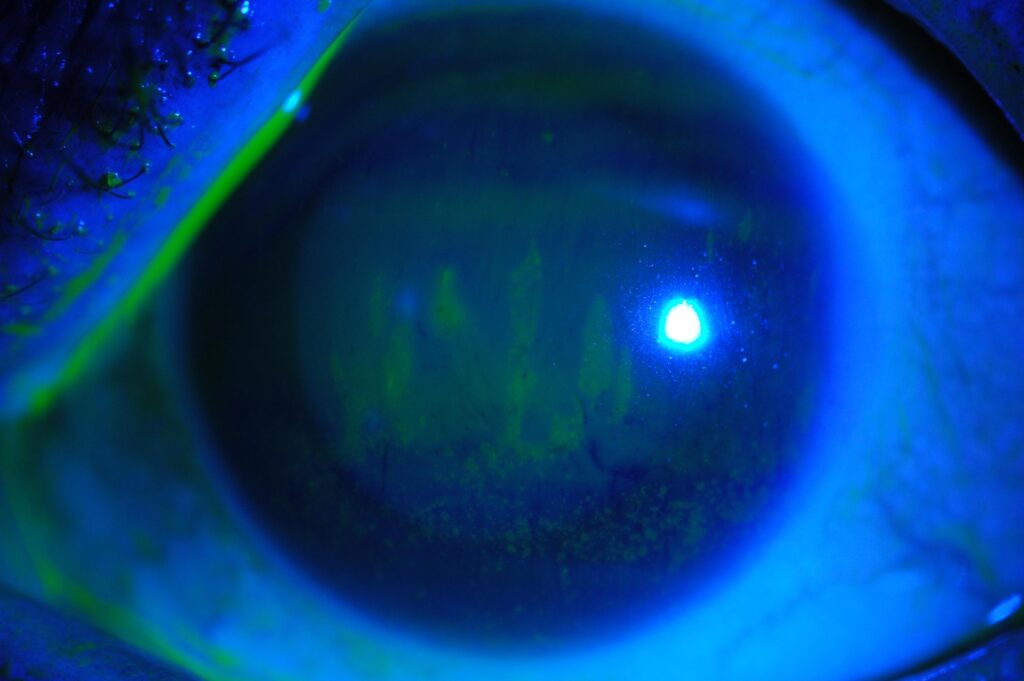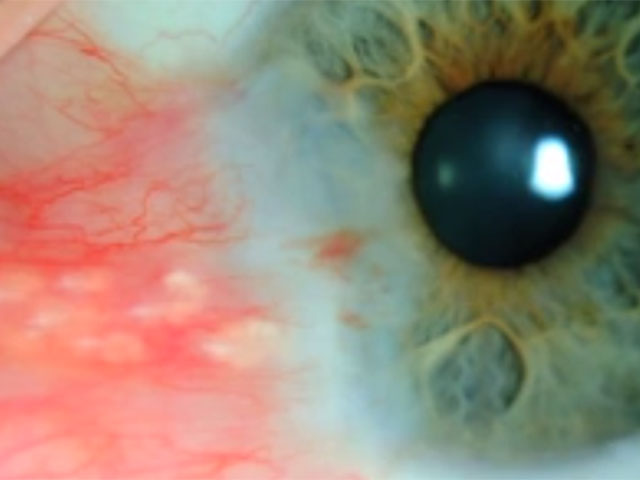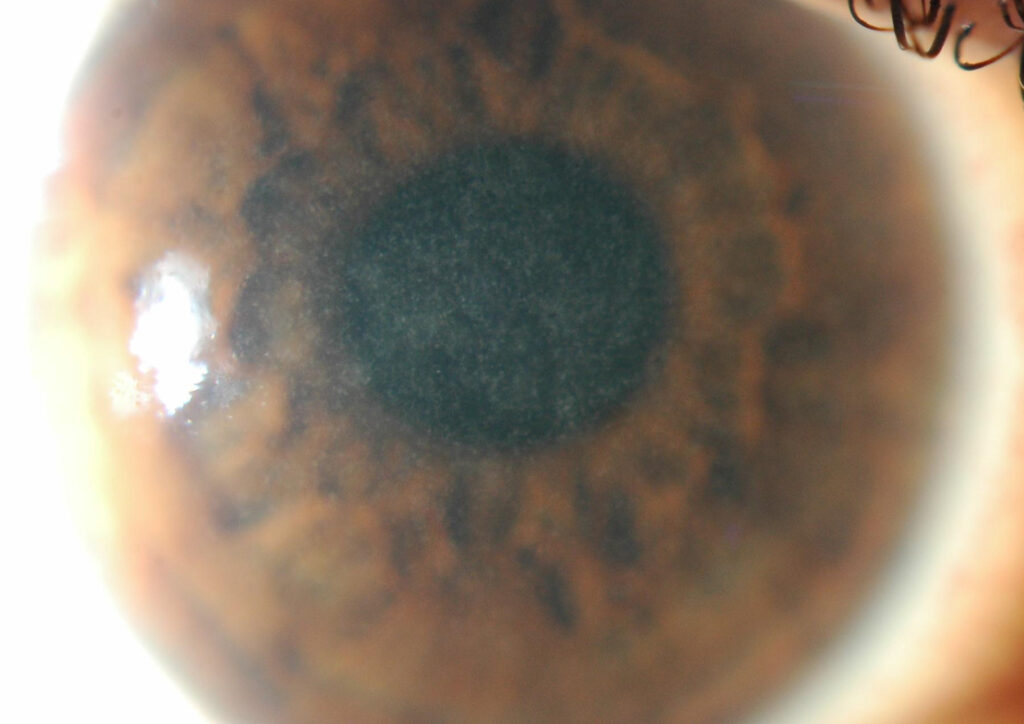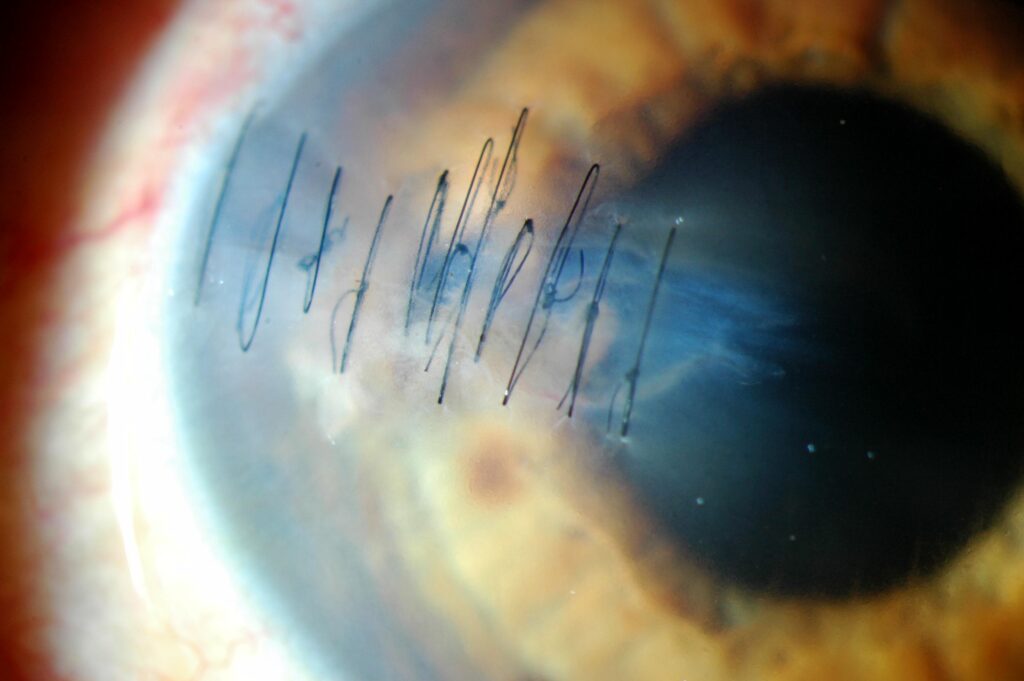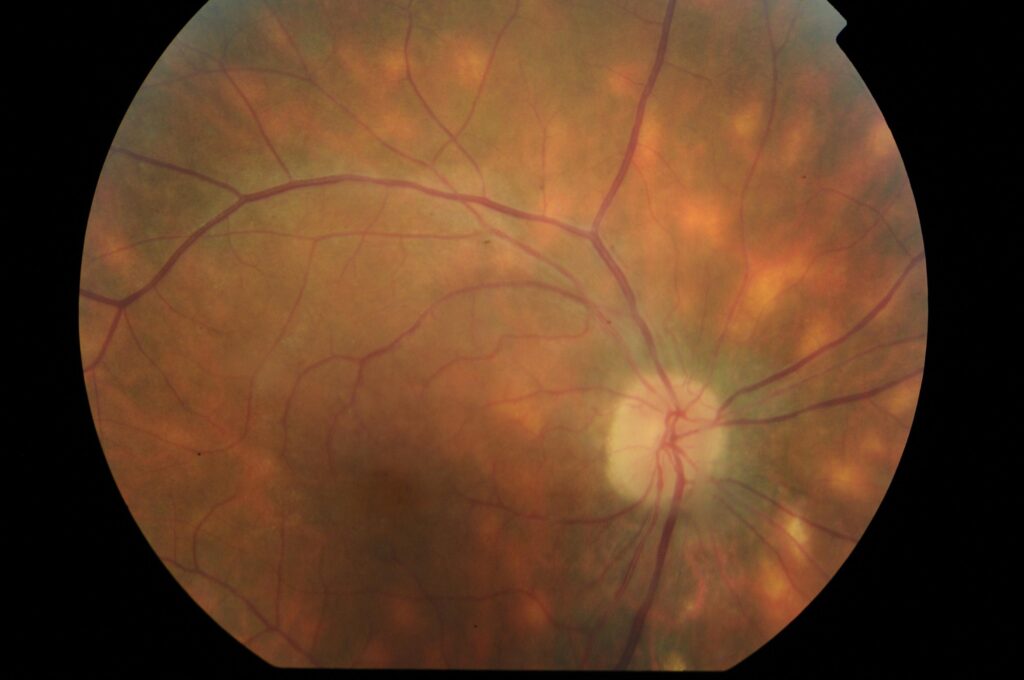Symptoms
Red eye

What is red eye?
Red eye is one of the main reasons for emergency consultation with an ophthalmologist and, although it is often due to conjunctivitis (infectious or allergic), this is not always the case. In fact, there are over fifty ocular disorders that might have this symptom, so it is essential to correctly diagnose its causes, which are of differing severity, to be able to guide the treatment.
Associated pathologies
As well as being associated to different eye diseases, other common causes of red eye are irritation or infection caused by the incorrect use of contact lenses or by cosmetic products. Much less frequent is red eye due to the rejection of a corneal transplantation or to complications from surgery. Along these lines, a particularly severe case of red eye is very uncommon: endophthalmitis or the infection of the entire eye, which typically occurs after intraocular surgery (although the risk is very low) and could jeopardise the well-being of the eye and eyesight if not treated in time.
Urgent treatment is also required to avoid irreversible vision loss following an acute attack of glaucoma, due to a sudden increase in intraocular pressure and showing signs of red eye, vision loss, nausea, vomiting and headaches.
What effects does red eye have?
Red eye may appear along or related to other symptoms or signs, such as rheum, eye pain, or vision loss. In terms of its appearance, it might be of a more or less intense colour, affect the surface blood vessels of the eye or the deeper vessels, or both, and spread throughout the entire white part of the eye or be located in a specific area.
Some of the most noticeable cases of red eye are not necessarily to most serious. For example, hyposphagma or “bloodshot eye” is caused by a subconjunctival haemorrhage and often alarms patients greatly –as it appears suddenly as a more or less large, deep red stain–, but is not normally accompanied by pain or vision loss, nor is it serious or require ophthalmological treatment. It is always wise to consult with an ophthalmologist, especially if this has happened to you before or you have problems with high blood pressure or blood clotting.
What do you do if you have red eye?
Because red eye might be due to different disorders, if you suffer from any of them then you should not miss your regular check up in line with the instructions of your specialist and arrange an appointment if you notice that the problem suddenly becomes worse.
While the appearance of other ocular signs and symptoms might wait a few fays or weeks, with red eye –especially when accompanied by pain or vision loss– we recommend you immediately go to an emergency ophthalmology department, such as those available at the Miranza clinics.
Other general guidelines to avoid red eye and its complications are:
- Daily hygiene: wash your hands frequently with soap and water. Replace the towels you use to dry your face frequently and try not to share them. Do not forget to wash your eyes and eyelashes every morning before you get going (neutral soap and water is normally enough).
- Contact lenses: do not handle them before you have washed your hands and do not wear them for longer than recommended or extend their useful life. Do not wear them when in the shower or when swimming at the beach or in the pool.
- Avoid touching or rubbing your eyes often: this is an everyday movement that we barely realise we are doing, but that ophthalmologists recommend against because it can lead to red eye and other eye injuries.
- Make up: use quality cosmetics, especially those near the eyes, and do not share them to avoid eye infection and irritation. Pay attention to the expiry date and do not forget to remove make up every night.
- Glasses: if you wear glasses, make sure you have the right prescription and visit your optician as soon as you think your eyesight might have worsened. Red eye is a sign that you might need new lenses. In terms of sunglasses, use approved lenses in line with your activity to make sure you have the correct sun filter.
- Screens: limit your exposure time to the screens of mobile devices as much as possible. If you work with a computer, make sure you take regular breaks and have eye drops to hand in case of red eye.
- Air conditioning: highly contaminated or overly dry atmospheres contribute towards red eye. Make sure the air conditioning or the air from the fan does not blow directly into your face.
